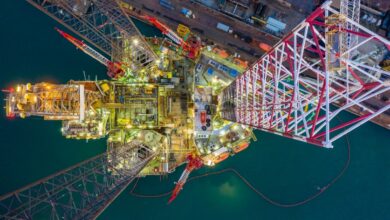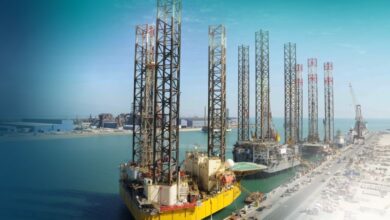PACE network brings together operators, service companies to tackle P&A challenges
By Kelli Ainsworth, Associate Editor

According to data from OTM Consulting, plugging and abandonment (P&A) costs make up as much as 40% of well decommissioning costs, which themselves can run into the billions of dollars. With these costs in mind, OTM, along with ExxonMobil, GE Oil& Gas and ConocoPhillips, created the Plugging and Abandonment Collaborative Environment (PACE) network in 2016 to bring operators and service companies together to find solutions to P&A challenges. The end goal is to lower the costs of these operations.
“The whole idea behind it is that well plugging and abandonment is a shared pain point in our industry,” Henry St Aubyn, Principal Consultant at OTM, said at an IADC Drilling Engineers Committee Tech Forum on 29 March in Houston. “It doesn’t really hold much competitive advantage for operators. Therefore, it’s an excellent opportunity to share learnings and understandings and explore new solutions.”
P&A activities are becoming more common in the industry as more wells reach the end of their lifecycle. The low oil price environment is driving some operators to pursue decommissioning activities sooner than they may have otherwise, Mr St Aubyn said, as it becomes less economic for operators to maintain older fields. These trends have brought the challenges associated with P&A to the fore in recent years.
Before creating the PACE network, OTM surveyed operators to understand their biggest technical concerns around P&A activities. The top three concerns identified were barrier verification and multistring logging, cost-effective plugging and sealing, and low-cost access to the well to perform P&A activities.
For each PACE meeting, “operator members will publish a particular challenge and then invite presentations from service companies and technology companies as to how they can solve it,” Mr St Aubyn said. The first meeting, held in March in Houston, focused on barrier verification. Five technology presentations were given by service companies, and this was followed by a brainstorming and discussion session, in which operators and service companies explore innovative solutions to the meeting’s central technology challenge.
Then, R&D objectives are set, and participants discuss the path to commercialization for new technologies. “The operators give their support for field trials and the kind of regulatory engagement that’s going to have to happen to get these technologies accepted,” Mr St Aubyn said.
In addition to ExxonMobil and ConocoPhillips, who helped to launch the network, other operator members are Shell and Total. Service company members are founding member G&E Oil and Gas, as well as Metrol and Abrado. DNV-GL is also involved with the network, helping with the setting of standards. There are nine members in total at this time. “That is a significant voice, and that voice should be able to engage with the regulators in order to smooth that path to commercialization for the technology people to get those solutions out there a lot quicker,” Mr St Aubyn said.
Ten additional companies are in talks to join the network. PACE plans to meet four times a year, and the next meeting will be held in June in Houston.




